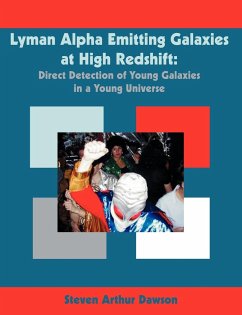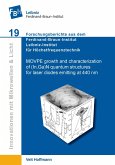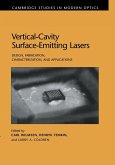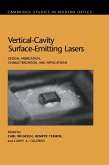As late as 1995, the anticipated widespread population of primeval galaxies remained at large, lurking undetected at unknown redshifts, with undiscovered properties. We present results from our efforts to detect and characterize primeval galaxies by their signature high-redshift Lyman-alpha emission lines utilizing two observational techniques: serendipitous slit spectroscopy and narrowband imaging. By pushing these techniques to their utmost limits, we probe the Lyman-alpha-emitting galaxy population out to redshifts as high as z = 6.5. Galaxies at this epoch reside in a universe which is just 800 million years old, a mere 6% of its current age. As such, this work provides one account of the manner by which observational cosmology has recently shifted from merely marveling at the incredible lookback times implied by the first few high-redshift detections, to the routine assembly of high-redshift datasets designed to address specific astrophysical issues.








